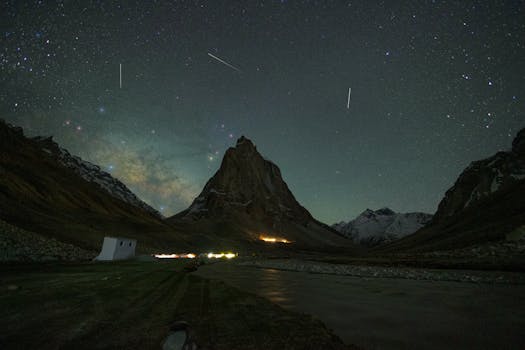
“
Beyond the Milky Way: Imagining New Worlds and Possibilities
Introduction to the Milky Way
Beyond the Milky Way: Imagining New Worlds and Possibilities is an exciting topic that has captured the imagination of astronomers and space enthusiasts alike. The Milky Way is our home galaxy, a barred spiral galaxy that contains hundreds of billions of stars, as well as various types of interstellar gas and dust. The Milky Way is just one of the billions of galaxies in the observable universe, and its study has led to a greater understanding of the formation and evolution of galaxies. For more on the power of imagination in exploring these vast realms, check out Soaring Through the Cosmos: The Power of Imagination Beyond the Stars.
Exploring the Milky Way
The Milky Way is a complex and dynamic system, with many different components, including stars, stellar clusters, nebulae, and black holes. The galaxy is thought to have formed around 13.6 billion years ago, during the early days of the universe, and has been evolving ever since. The Milky Way is also home to a supermassive black hole, known as Sagittarius A*, which is located at the galaxy’s center. To learn more about the imaginative aspects of space exploration, you can read Cosmic Creativity: How Imagination Soars Beyond the Constellations.
New Worlds and Possibilities
As we continue to explore the Milky Way and the universe beyond, we are constantly discovering new worlds and possibilities. From exoplanets and moons to dwarf planets and asteroids, the universe is full of mysteries waiting to be uncovered. The search for life beyond Earth is an active area of research, with scientists using a variety of methods to search for signs of life, such as the presence of biosignatures in the atmospheres of exoplanets. For insights into how imagination plays a role in our understanding of the cosmos, see Galaxies of Dreams: How Imagination Transcends the Night Sky.
Takeaways
- The Milky Way is just one of the billions of galaxies in the observable universe.
- The galaxy is thought to have formed around 13.6 billion years ago, during the early days of the universe.
- The search for life beyond Earth is an active area of research, with scientists using a variety of methods to search for signs of life.
- New worlds and possibilities are being discovered all the time, from exoplanets and moons to dwarf planets and asteroids.







